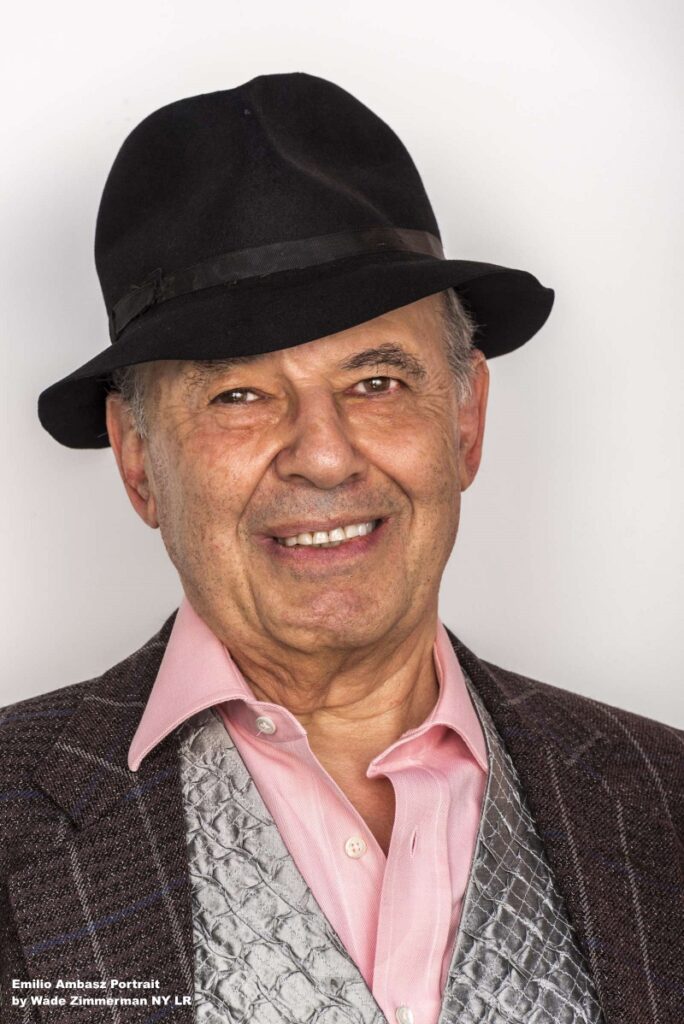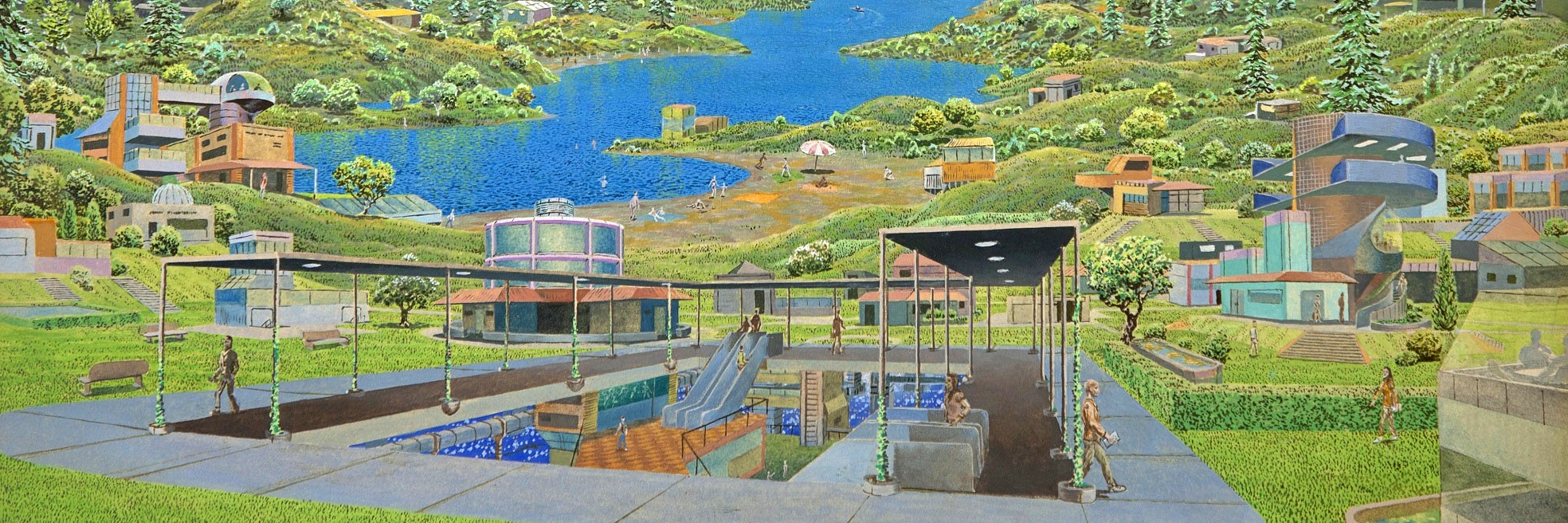MoMA (NY) announces: Emerging ecologies in September 2023, curated by the Emilio Ambasz Institute
The Museum of Modern Art announces Emerging Ecologies: Architecture and the Rise of Environmentalism, the first museum review of works (150) that examines the relationship between architecture and the environmental movement in the United States.
Open from September 17, 2023 to January 20, 2024, Emerging Ecologies is also the first exhibition created by the Emilio Ambasz Institute for the Joint Study of the Built and Natural Environment, born within the MoMA in 2020 thanks to an important and generous donation from the Legacy Emilio Ambasz Foundation (LEAF).

The aim of the Ambasz Institute – in the vision of its patron – is to promote a reconciliation between architecture and nature and the understanding of their interaction, to stimulate and enrich the global debate on the urgent need for ecological recalibration. The Institute is located within the Department of Architecture and Design in the Midtown Manhattan complex.
Emerging Ecologies is an exhibition of over 150 architectural works, realized and unrealized, which have anticipated, inspired, challenged, developed environmental and ecological issues in the United States from the thirties to the nineties of the twentieth century.
Models, photographs, diagrams, sketches, and other archival materials including posters, flyers, videos, and articles present innovative, daring, even dystopian projects that have sometimes prefigured and inspired the rise of environmental awareness, anticipating themes such as pollution, the depletion of natural resources, the protection of biodiversity. Projects, again, that have denounced, investigated, and tried to resolve the relationship between the built environment and nature.
The exhibition, a one-of-a-kind retrospective of six decades of projects, looks to the past to suggest solutions for the future.
The wide range of works collects interventions that celebrate the pioneers of environmental sustainability, including Frank Lloyd Wright, James Wines, Richard Buckminster Fuller, Beverly Willis and Emilio Ambasz himself who, in an ad hoc recording for Emerging Ecologies, together with other contemporary intellectuals and architects – Mae-ling Lokko, Jeanne Gang, Meredith Gaglio, Charlotte MalterreBarthes, Amy Chester, Carolyn Dry -, shares a series of thoughts on the relationship between man and nature, helping to consider how the works on display can facilitate to understand the role of architecture in mitigating climate change.
Emilio Ambasz says: “Every building is an intrusion into the plant kingdom and is a challenge to nature: we must devise an architecture that stands as the embodiment of a reconciliatory pact between nature and construction, designing buildings so intrinsically connected to their surroundings that they are unable to disentangle themselves from each other.”
Not surprisingly, at the announcement of the birth of the Ambasz Institute in 2020, Glenn D. Lowry, Director of the Museum of Modern Art, expressed his “immense gratitude” to Emilio Ambasz, recognizing him as “a precursor in the field of green architecture, for years at the forefront of issues related to architecture and ecology“. As Martino Stierli, chief curator of Architecture and Design at the Museum of
Modern Art, said he was “delighted that, with the new Ambasz Institute, MoMA’s Department of Architecture and Design would be in a unique position to create debate and promote the necessary change in the field of design for a fairer and greener future […] given that ecology and the ongoing climate crisis are the most urgent challenges of our time, not only for architecture, but for humanity as a whole.”
Press Office:
Ferdinando Crespi
ferdinando@crespius.com
Info, contacts and general enquires:
Giulia Pellegrino
giulia.pellegrino@gmail.com
Emilio Ambasz and MoMA
Emilio Ambasz’s multifaceted and deep-rooted relationship with The Museum of Modern Art spans more than five decades. As Curator of Design in the Museum’s Department of Architecture and Design from 1969 to 1976, he organized several groundbreaking exhibitions, including Italy: The New Domestic Landscape (1972); The Architecture of Luis Barragan (1974); and The Taxi Project: Realistic Solutions for Today (1976) and authored their accompanying publications. As a pioneering industrial designer and architect, Mr. Ambasz is also represented through more than 20 works in the Museum’s Architecture & Design and Media & Performance Art Collections. As the subject of Museum exhibitions, Mr. Ambasz was featured in Emilio Ambasz/Steven Holl: Architecture (1989) and In-Depth: The House of Spiritual Retreat by Emilio Ambasz (2005-2006), and his work has been included in several others, including The Changing of the Avant-Garde: Visionary Architectural Drawings from the Howard Gilman Collection (2002-2003) and 9 + 1 Ways of Being Political: 50 Years of Political Stances in Architecture and Urban Design (2012-2013).
Prior to the major gift to establish The Emilio Ambasz Institute at MoMA: For the Joint Study of the Built and the Natural Environment, both MoMA and MoMA PS1 have benefitted from Mr. Ambasz’s sustained patronage for more than forty years. He has been a member of MoMA’s International Council since 1978 and formerly served as a member of the Board of Directors of MoMA PS1 (2002-2006). Through the International Council, he has supported many important initiatives, including recent The International Council Endowment for Exhibitions and Publications. He has also sponsored individual programs such as the 2015 exhibition Latin America in Construction: Architecture 1955–1980.
 Greenroofs.comConnecting the Planet + Living Architecture
Greenroofs.comConnecting the Planet + Living Architecture





